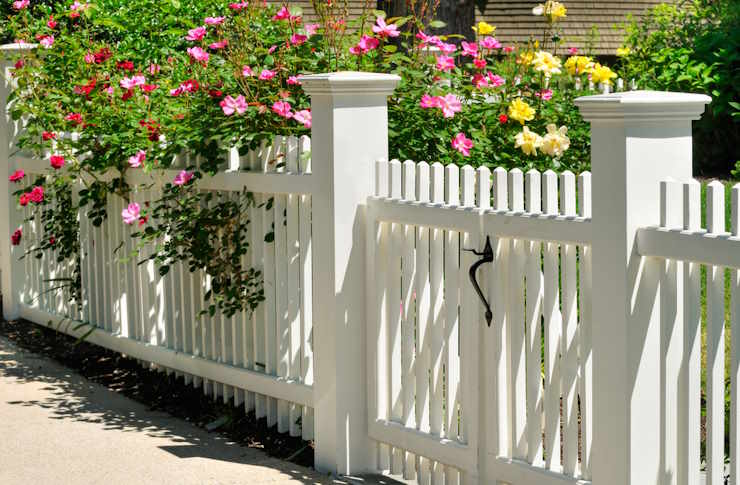The Complete Guide to Choosing the Perfect Garden Fence
A garden fence serves multiple purposes - from enhancing privacy and security to defining boundaries and adding aesthetic appeal to your outdoor space. Selecting the right fence requires careful consideration of various factors, including your specific needs, local regulations, and property characteristics. This comprehensive guide will help you navigate the decision-making process to find the ideal garden fence for your home.

Understanding Different Garden Fence Materials
The material you choose for your garden fence significantly impacts its durability, maintenance requirements, and overall cost. Wood remains a popular choice for its natural appearance and versatility, while vinyl offers low maintenance and weather resistance. Metal fencing, including aluminum and wrought iron, provides durability and security. Composite materials combine the best qualities of wood and plastic, offering long-lasting performance with minimal upkeep.
Determining the Right Fence Height and Style
Your fence’s height should align with its primary purpose. Privacy fences typically range from 6 to 8 feet tall, while decorative garden fences may be as low as 2 to 4 feet. Consider local zoning regulations, which often restrict fence heights, particularly in front yards. Style options include picket fences for cottage gardens, panel fencing for modern homes, and lattice designs that support climbing plants while maintaining airflow.
Essential Factors for Garden Fence Installation
Proper installation ensures your fence’s longevity and effectiveness. Key considerations include:
-
Property boundary verification and permits
-
Underground utility location
-
Soil condition and drainage
-
Post depth and spacing
-
Gate placement and size
-
Professional vs. DIY installation
Cost Considerations and Material Comparison
The following table outlines typical costs and features of common garden fence materials:
| Material Type | Cost per Linear Foot | Lifespan | Maintenance Level |
|---|---|---|---|
| Wood Cedar | $15-30 | 15-20 years | Moderate |
| Vinyl | $20-40 | 20-30 years | Low |
| Aluminum | $25-45 | 20+ years | Very Low |
| Wrought Iron | $30-50 | 30+ years | Moderate |
| Composite | $35-55 | 25-30 years | Low |
Prices, rates, or cost estimates mentioned in this article are based on the latest available information but may change over time. Independent research is advised before making financial decisions.
Maintenance Requirements and Long-Term Care
Different fencing materials require varying levels of maintenance. Wood fences need regular staining or painting every 2-3 years to prevent weathering and rot. Vinyl and aluminum fences typically only require occasional cleaning with soap and water. Metal fences should be inspected periodically for rust and treated accordingly. Consider these maintenance requirements when selecting your fence material, as they impact both time investment and long-term costs.
Environmental Impact and Sustainable Options
For environmentally conscious homeowners, several sustainable fencing options exist. Reclaimed wood offers character while reducing environmental impact. Bamboo provides a renewable alternative that grows quickly and requires minimal processing. Consider locally sourced materials to reduce transportation emissions and support regional economies. Some manufacturers also offer fencing made from recycled materials, combining durability with eco-friendly practices.
A well-chosen garden fence enhances your property’s value while serving its intended purpose effectively. Take time to evaluate your specific needs, budget constraints, and local requirements before making a final decision. Remember that the initial investment often correlates with long-term durability and maintenance requirements, making it essential to consider both immediate and future costs in your selection process.




